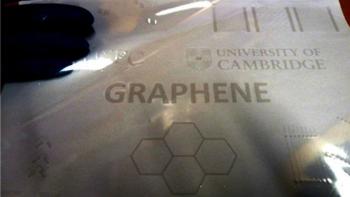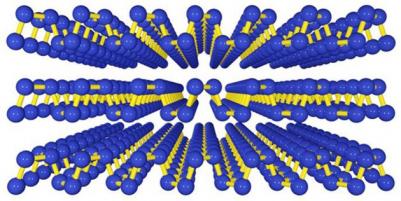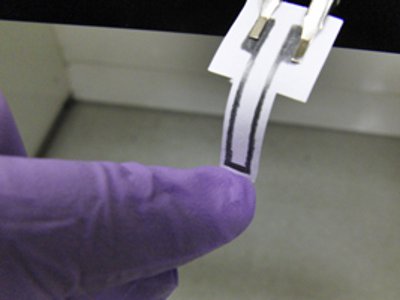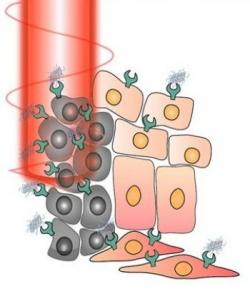The Cambridge Graphene Centre deployed a new Agilent AFM microscope
The Cambridge Graphene Centre deployed a new scanning microscope to support their 2D material research. CGC installed an Agilent Technologies 5600LS atomic force microscope.

Agilent's AFM supports up to 300x300 mm samples and multi-sample 2-inch-wafers. It can be used with liquid samples and Agilent says it's got an exclusive SMM mode that offers calibrated electrical measurement capabilities.





